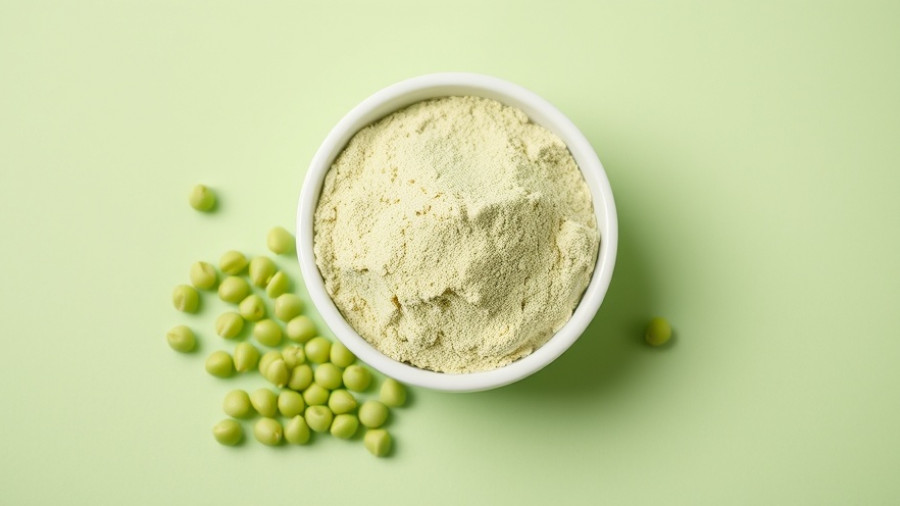
Pediatricians’ Recommendations on COVID Vaccination: A Turning Point
In an unprecedented move, the American Academy of Pediatrics (AAP) has broken ranks with the Centers for Disease Control and Prevention (CDC) regarding COVID-19 vaccination for young children. Their recently released 2025 immunization schedule advocates for all children aged six to 23 months to receive the COVID-19 vaccine, diverging from the CDC’s stance that indicates such vaccinations should not be universally recommended for healthy children. This significant split in recommendations has sparked discussions and raised crucial questions about the future of childhood vaccination amid the ongoing pandemic.
Understanding the Differences in Guidelines
The AAP’s clear stance recommends vaccinations for infants and toddlers, emphasizing the critical vulnerability of this age group. David Higgins, MD, representing the AAP, stated that “infants and toddlers remain at the highest risk of hospitalization and severe illness from COVID-19” – a sentiment grounded in data from the CDC, which shows hospitalization rates for children under two that are shockingly similar to those of adults aged 50-64. This urgent need for vaccination is a direct call to parents seeking to protect their young ones amidst fluctuating COVID-19 case rates.
The CDC’s Evolving Position
In contrast, the CDC’s revised guidance allows vaccination as a matter of “shared clinical decision-making,” reflecting an approach that may inadvertently leave families confused about the best course of action for their children. Health Secretary Robert F. Kennedy Jr. has influenced this shift, leading to questions about how political motivations might intersect with public health guidelines.
Emergency Data Backing the Recommendations
Recent studies show hospitalization data indicating that only 3.8% of children who were hospitalized due to COVID-19 were up to date with their vaccinations. This statistic further reinforces the AAP’s recommendations and opens conversations among health professionals and families. The reality that the vaccination rate is so low among hospitalized children presents a challenging narrative that mothers and fathers in Central Ohio, and beyond, must navigate.
Social and Emotional Considerations
The decision to vaccinate children can stir various emotional currents within families. Concerns about vaccine safety, potential reactions, and the perceived necessity often weigh heavily on parents’ minds. Young families in Central Ohio, especially, are often at a crossroads when weighing the recommendations of trusted pediatricians against the changing governmental guidelines. This dissonance can lead to hesitancy or anxiety, underscoring the importance of open dialogue with healthcare providers.
Moving Forward: Empowering Phases for Parents
As parents consider vaccination for their children, it’s essential to be informed about the available resources. Engaging openly with pediatricians, researching scientifically-backed evidence, and connecting with local community health initiatives can foster a supportive environment. Ensuring that families feel empowered and educated is crucial for mental and emotional well-being during these complicated times.
Conclusion: A Call to Action for Central Ohio Families
In these times of shifting health recommendations, it’s vital for parents to stay ahead. Keeping children protected against COVID-19 through vaccination is an important step that parents can take for their physical and emotional well-being. For those feeling uncertain, local pediatricians are here to help you navigate these decisions and ensure your family stays healthy. Consider reaching out to trusted healthcare providers or local health clinics to discuss vaccination options for your children, and keep the lines of communication open for a brighter, healthier future.
 Add Row
Add Row  Add
Add 




Write A Comment